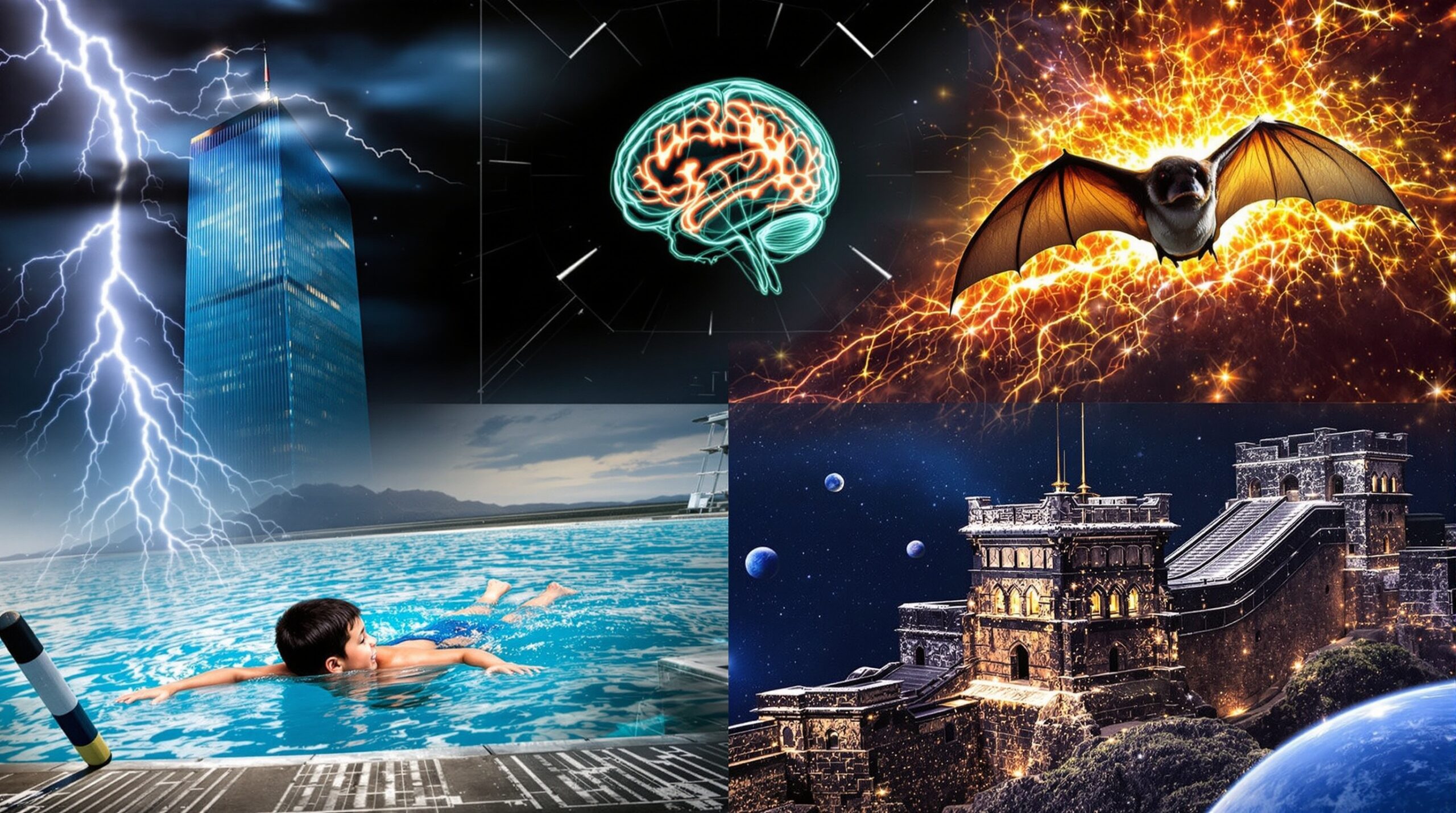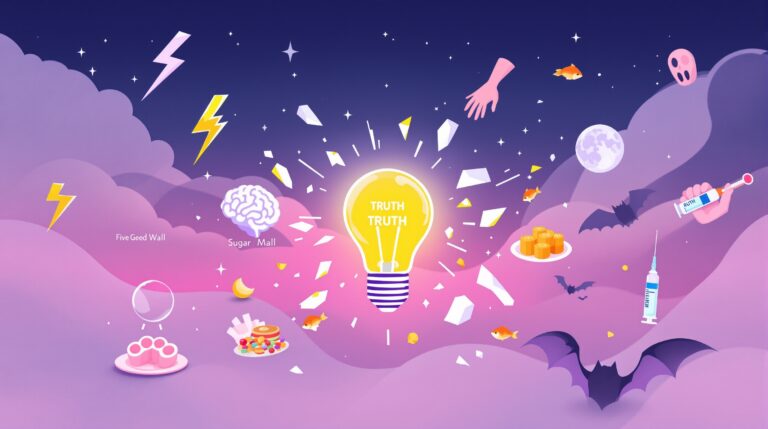12 Common Science Myths Busted: The Truth Revealed in 2025
12 Common Science Myths Busted

Myth 1: Lightning Never Strikes the Same Place Twice
Many believe that once lightning hits a spot, it won’t return there. However, experts reveal that lightning frequently targets the same locations, especially tall structures like skyscrapers or trees that act as natural conductors.
The Empire State Building, for instance, gets struck about 25 times annually. Scientists attribute this to the path of least resistance in electrical discharges, making repeated strikes common rather than rare. To learn more, check out the National Weather Service’s guide on lightning safety at https://www.weather.gov/safety/lightning-myths.
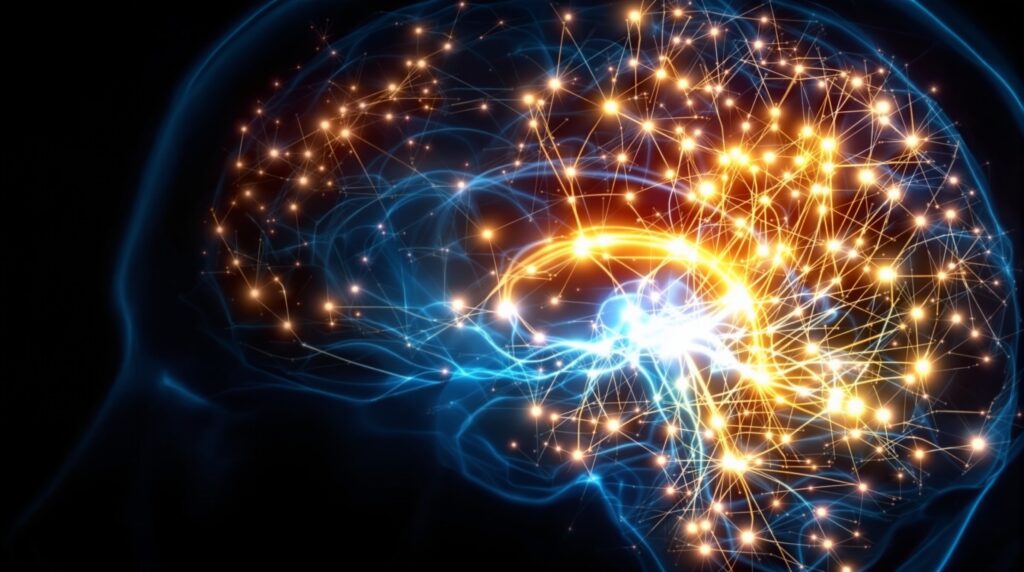
Myth 2: Humans Use Only 10% of Their Brains
Hollywood films like Lucy perpetuate the idea that we tap into just a fraction of our brainpower, implying untapped superhuman potential.
Neuroscientists counter this by showing that humans engage nearly all brain regions daily, even during simple tasks like walking or talking.
Brain scans from MRI technology demonstrate that the organ consumes about 20% of the body’s energy, which would be wasteful if most of it lay dormant. For deeper insights, explore the American Association for the Advancement of Science at https://www.aaas.org/.

Myth 3: Blood Is Blue Inside the Body
A widespread myth claims that deoxygenated blood appears blue in veins, turning red only when exposed to air. In reality, human blood remains red at all times due to hemoglobin, the iron-rich protein that binds oxygen.
Veins look blue through the skin because blue light penetrates tissues more deeply than red light, creating an optical illusion. Dive into the science of blood circulation via Harvard Medical School’s resources at https://hms.harvard.edu/.

Myth 4: Sugar Causes Hyperactivity in Children
Parents often blame sugary treats for turning kids into energetic whirlwinds, citing “sugar rushes” as the culprit. Multiple large-scale studies, however, find no direct link between sugar intake and hyperactivity; children’s excitement more likely stems from the environment, like parties, rather than sweets alone. The American Academy of Pediatrics offers evidence-based nutrition advice at https://www.aap.org/.

Myth 5: You Must Wait 30 Minutes After Eating Before Swimming
This cautionary tale warns that swimming right after a meal diverts blood to the stomach, causing cramps and potential drowning.
Physiologists debunk it by explaining that while digestion requires some blood flow, the body maintains adequate circulation to muscles during light activity like swimming.
No scientific evidence supports a mandatory wait time, though avoiding heavy meals before intense exercise remains wise. Consult the Mayo Clinic for swimming safety tips at https://www.mayoclinic.org/.

Myth 6: Humans Evolved Directly From Modern Apes or Chimpanzees
Some misunderstand evolution as humans descending from today’s chimpanzees, picturing a linear progression.
Biologists clarify that humans and apes share a common ancestor from millions of years ago, branching into separate evolutionary paths. Modern humans (Homo sapiens) evolved alongside other primates, not from them. Explore human evolution at the Smithsonian’s National Museum of Natural History at https://naturalhistory.si.edu/.

Myth 7: Cracking Your Knuckles Leads to Arthritis
The satisfying pop of knuckle-cracking alarms many who fear it erodes joints and causes arthritis later in life.
Orthopedic research shows that the sound comes from gas bubbles bursting in synovial fluid, not bone damage, and long-term studies find no increased arthritis risk among habitual crackers. The Arthritis Foundation provides joint health facts at https://www.arthritis.org/.

Myth 8: Toilets Flush in Opposite Directions in the Northern and Southern Hemispheres
Blame the Coriolis effect for this myth, which suggests Earth’s rotation dictates flush directions across the equator. Physicists point out that the Coriolis force is too weak to influence small-scale systems like toilets; the bowl’s design and water jet direction determine the swirl. NASA’s Earth science page explains rotational forces at https://www.nasa.gov/.

Myth 9: Dogs See Only in Black and White
Pet owners assume dogs view the world in grayscale, limiting their color perception. Veterinarians reveal that dogs possess dichromatic vision, seeing blues and yellows but not reds or greens as vividly as humans do.
This adaptation suits their evolutionary needs for detecting motion over color variety. The American Kennel Club details canine vision at https://www.akc.org/.
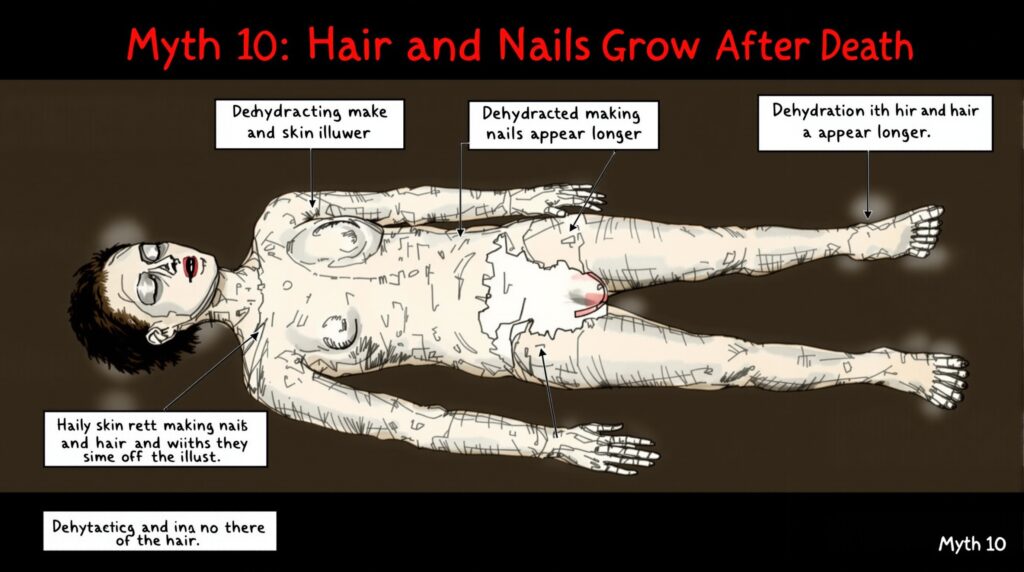
Myth 10: Hair and Fingernails Continue Growing After Death
Horror stories depict postmortem growth as a creepy phenomenon, but forensic scientists explain it’s an illusion.
After death, the body dehydrates, causing skin to shrink and retract, which makes nails and hair appear longer relative to the shrinking tissues. Learn about human biology from the National Institutes of Health at https://www.nih.gov/.

Myth 11: The Great Wall of China Is the Only Man-Made Structure Visible From Space
This boastful claim exaggerates the Wall’s visibility, suggesting it’s uniquely prominent from orbit. Astronauts confirm that while the Wall is visible under ideal conditions, many other structures like highways and cities show up more clearly from space.
Low-Earth orbit photos debunk the exclusivity. View space imagery on NASA’s site at https://www.nasa.gov/image-feature/goddard/2023/the-great-wall-of-china-from-space.
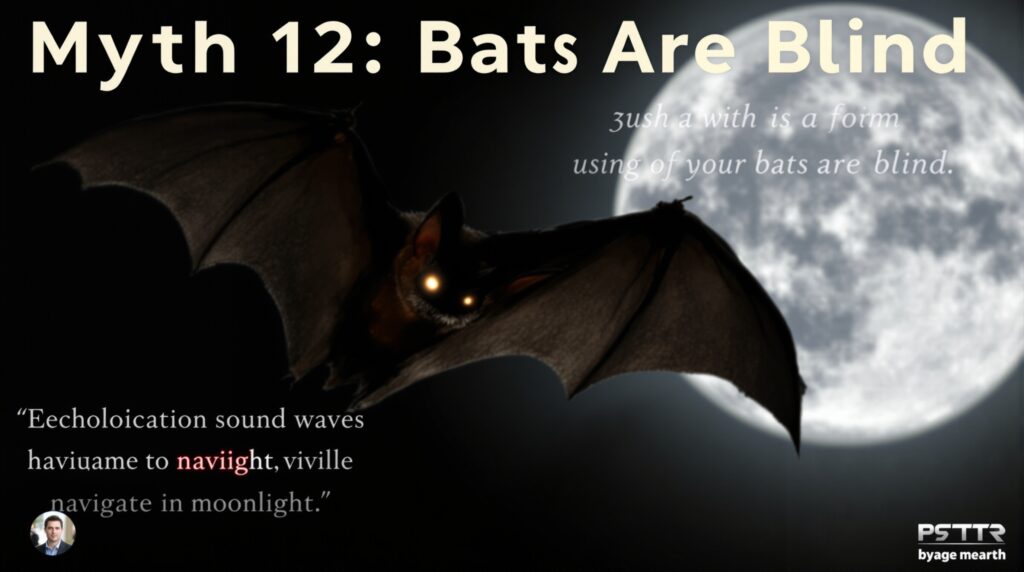
Myth 12: Bats Are Blind
The phrase “blind as a bat” implies these creatures navigate solely by echolocation without sight.
Biologists note that most bats have functional eyes, with some species boasting excellent low-light vision to complement their sonar abilities. The Bat Conservation International organization shares bat facts at https://www.batcon.org/.
Conclusion
As we navigate 2025, busting these science myths reminds us to question assumptions and seek evidence.
Science evolves, but core truths endure, helping global audiences make informed decisions in daily life.
Share these facts with friends and family to combat misinformation—after all, knowledge sparks curiosity and progress. For more debunked myths, visit authoritative sites like Wikipedia’s list of common misconceptions at https://en.wikipedia.org/wiki/List_of_common_misconceptions.

